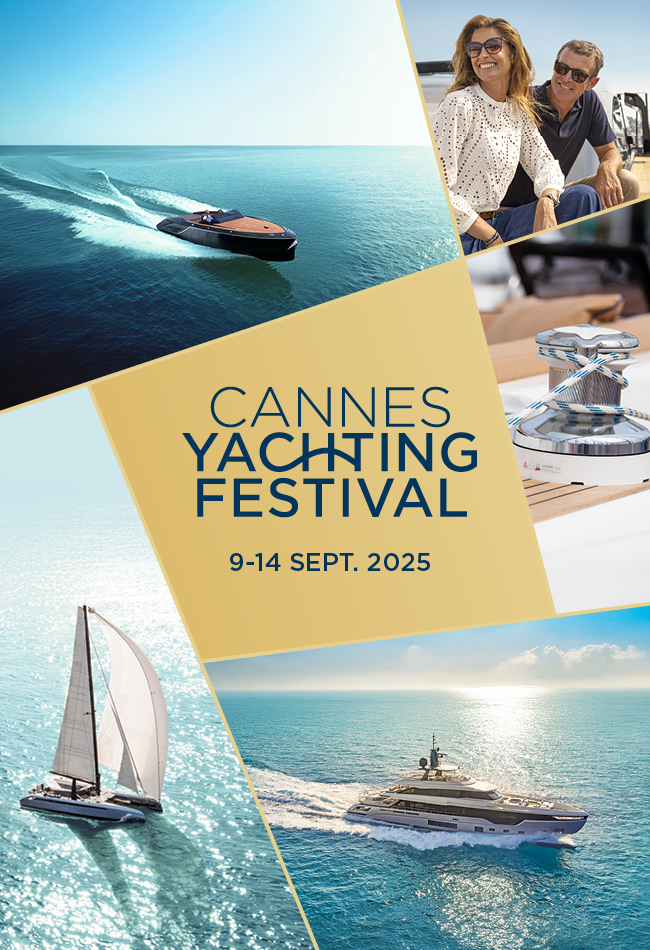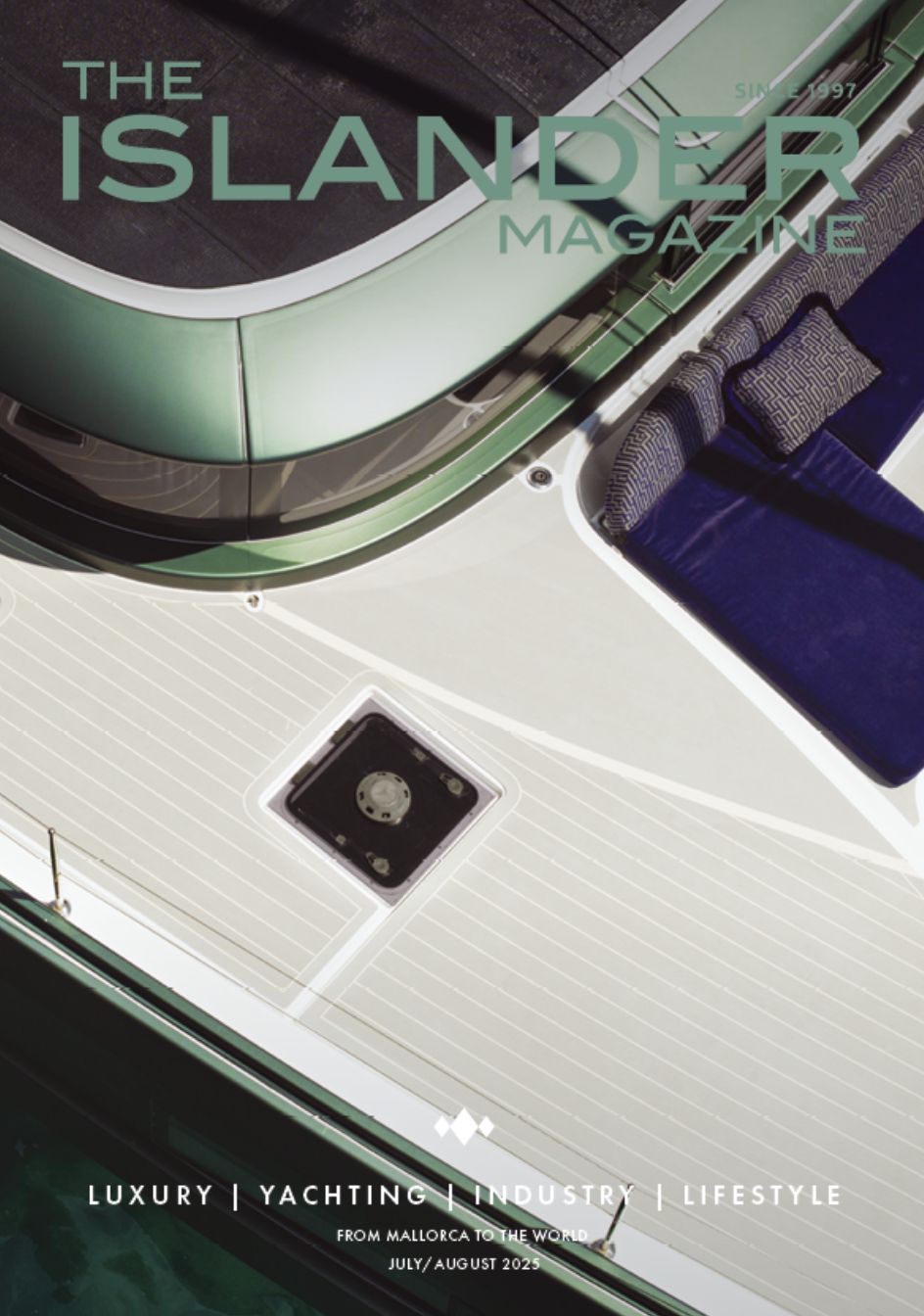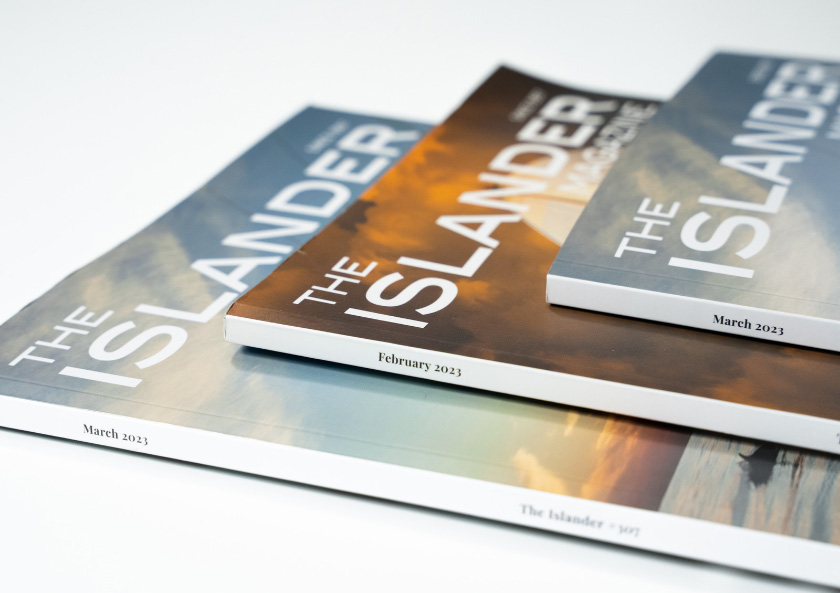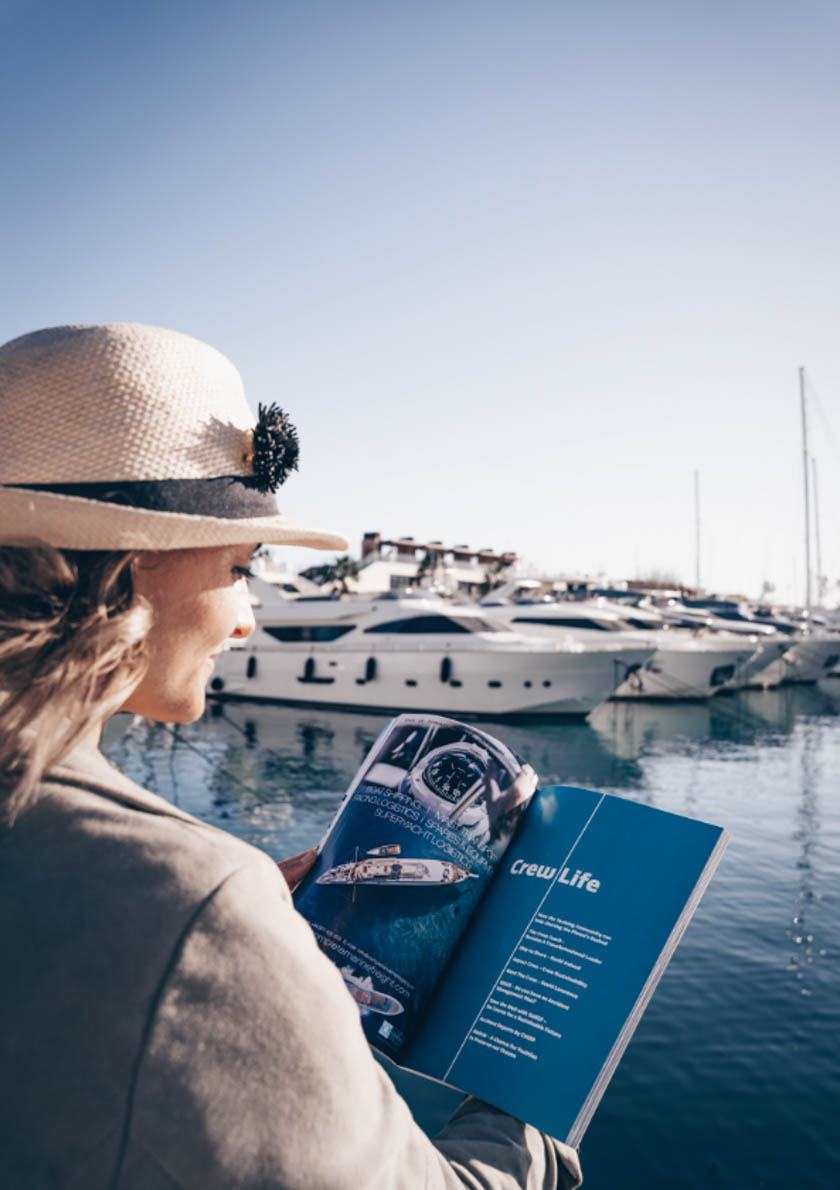Yachting is a diverse and exciting industry to be a part of. It is one that has grown rapidly in recent decades and has continued to evolve in terms of standards and professionalism. More and more frequently the raising of industry standards and improvements for owners, guests and crew are being driven by the industry itself, rather than by regulators. This can only be a good thing.
One area that has been identified for some time as lacking in terms of clear guidance on good practice is that of the on water activities conducted from Superyachts. As Richard Falk, training manager and chief examiner points of the RYA points out when explaining the need to address this area, “crew are trained on yachts, not toys”. Watersports is one area which generally lacks regulation, which if we don’t want regulation, is not necessarily a bad thing. “The only way to keep them unregulated is to self-regulate” Falk explains.
At this year’s Monaco Yacht Show, the PYA in association with the RYA launched ‘A Voluntary Code of Practice for Watersports in the Superyacht Industry’. This was put together to ensure the well-being of the industry and for all those who participate in the wide array of watersports activities offered onboard yachts these days.
The code is voluntary and there is currently no legal requirement to adhere to it. There is no charge involved and there is no inspection process or validation.
The intention of the code is to provide Superyacht Captains and crew with a set of guiding principles to assist them in developing their own on board safety management guidelines for watersports. The code is not intended to provide all the answers, but rather to assist captains and crew in knowing what questions to ask when determining how watersports activities will be managed on board the vessel. “It’s about assisting you in what you need to think about when setting up your own procedures” explains Falk, and it is important to note that the code “is not a one-size-fits-all solution”.
The advice provided in the code of practice takes into account various factors, including understanding the needs and experience of the group participating, how to run different watersports concurrently, having dedicated lookout points onboard, the number of supervisors and environmental hazards.
Should things go wrong, being prepared is essential to ensuring a positive outcome. Key to this is an effective safety briefing for all those involved with the activity – supervisors, bridge crew and participating guests.
A key section addressed in the code is on guest alcohol consumption and the use of toys. We all know it cannot always be possible to limit the consumption of guests on-board, but forward planning can limit the dangers to them partaking in watersports. “By scheduling on-water activities for earlier in the day or around times where guests are less likely to have been drinking, you will be enhancing their safety while not being seen to be impinging on their fun” the code advises.
The code gives helpful advice specific to various sports including dinghy sailing, windsurfing, water skiing, towing inflatable toys, kite boarding, canoeing, and parascending.
The code is packed full of useful advice and the PYA highly recommends that you download a free copy. You can get hold of the ‘Voluntary Code of Practice for Watersports in the Superyachting Industry’ on the PYA website www.pya.org .















0 Comments